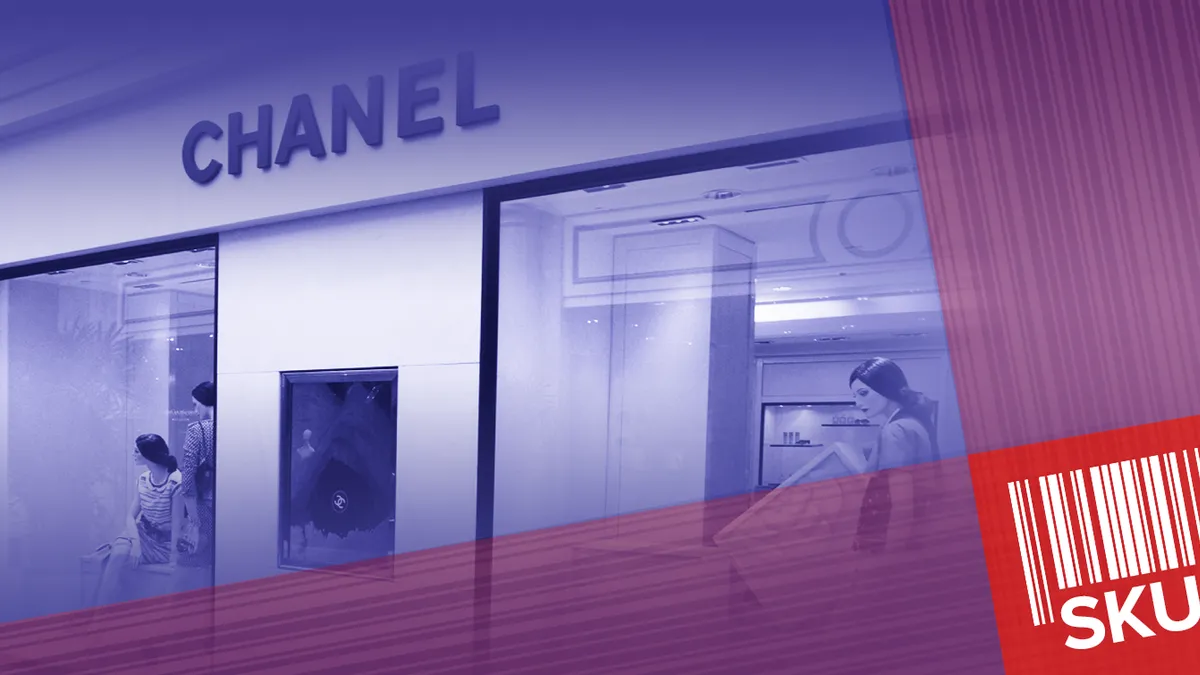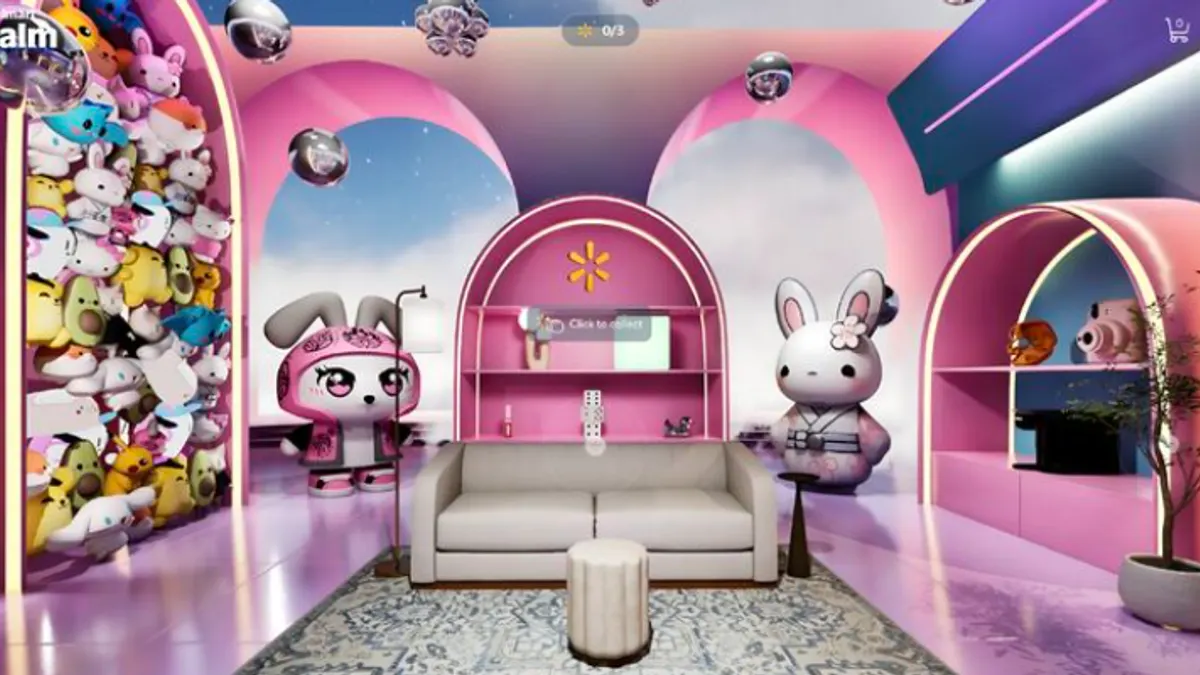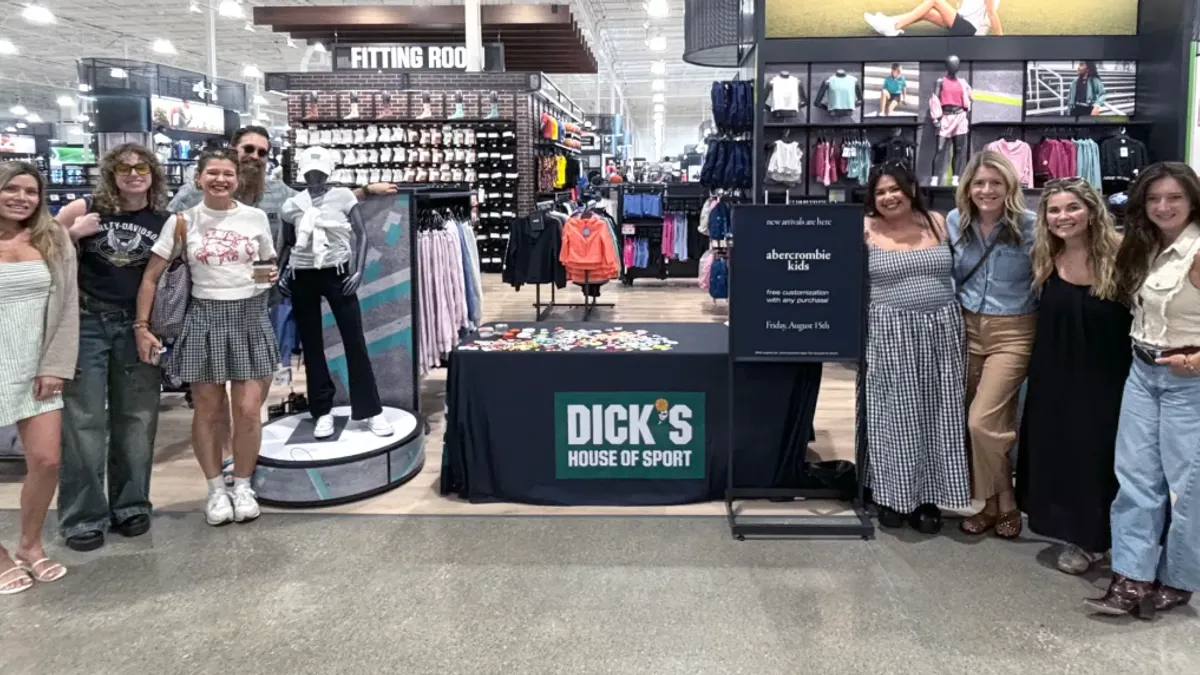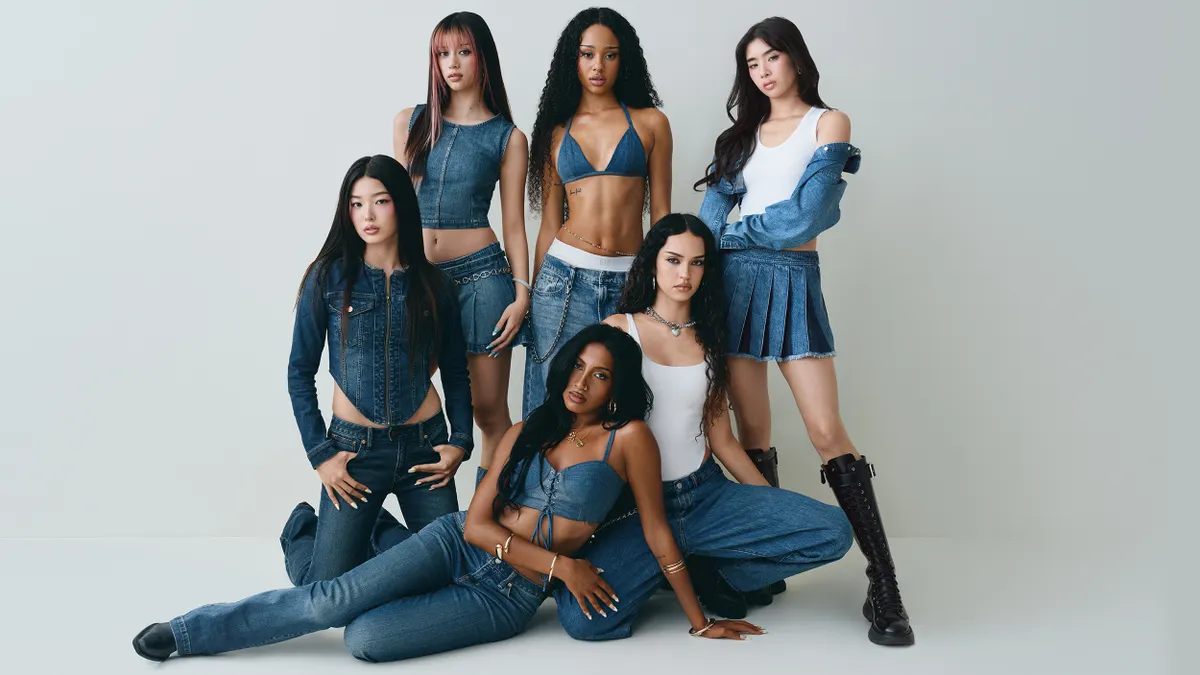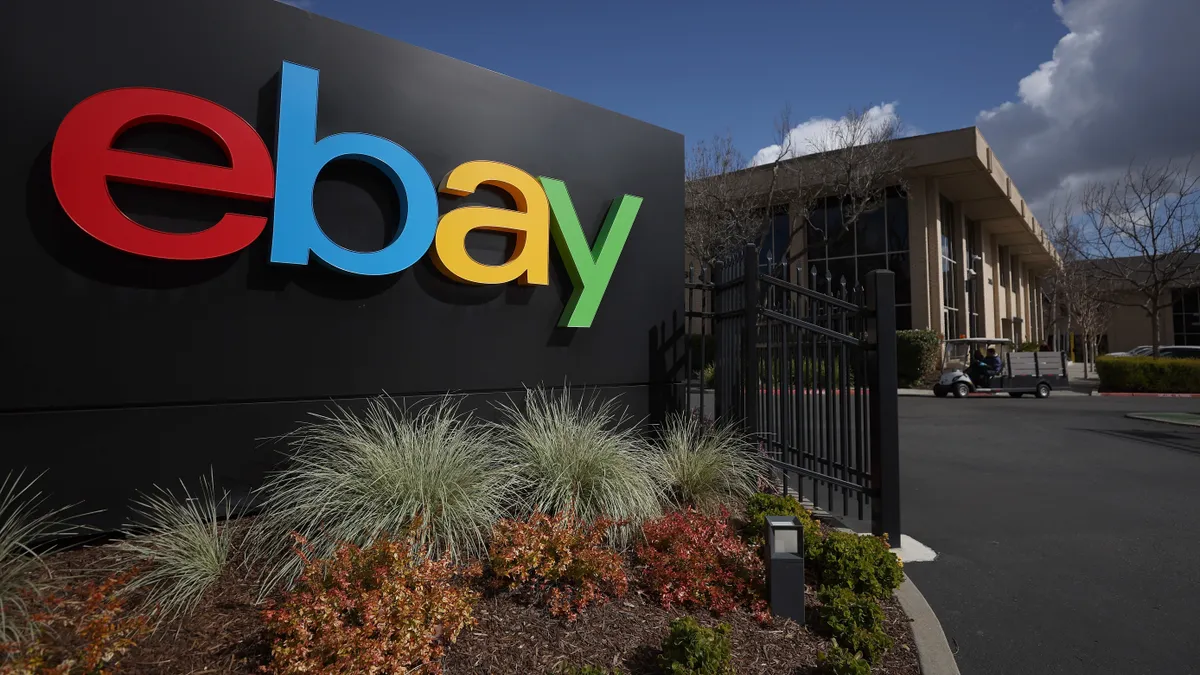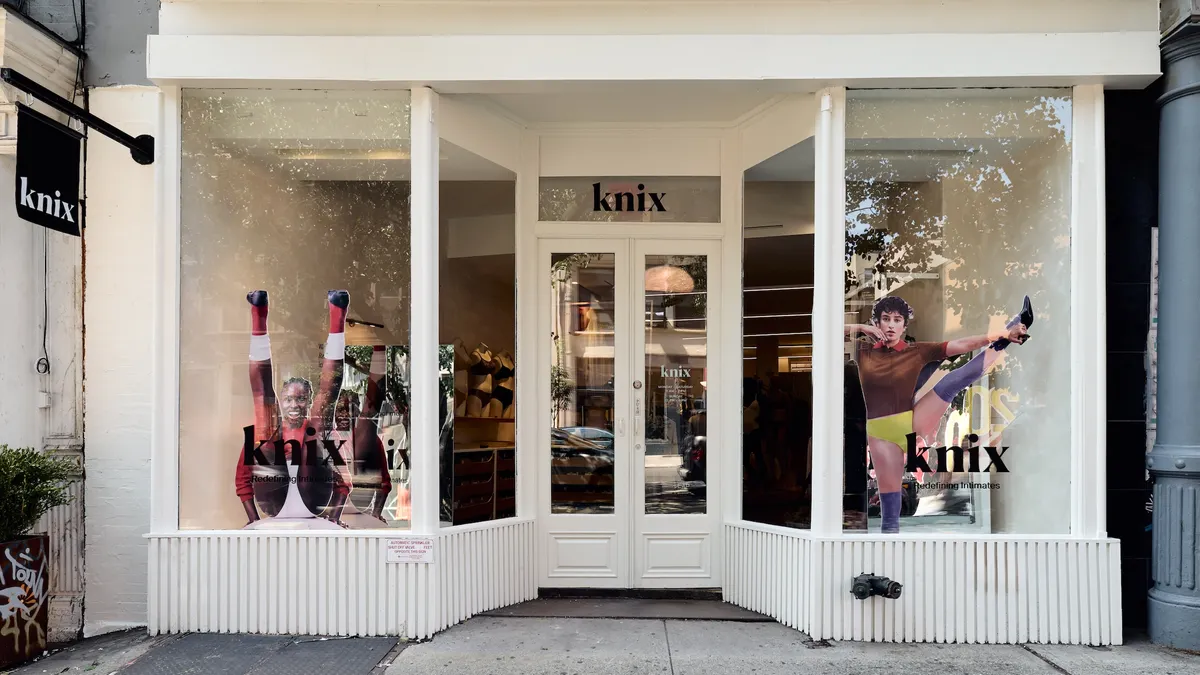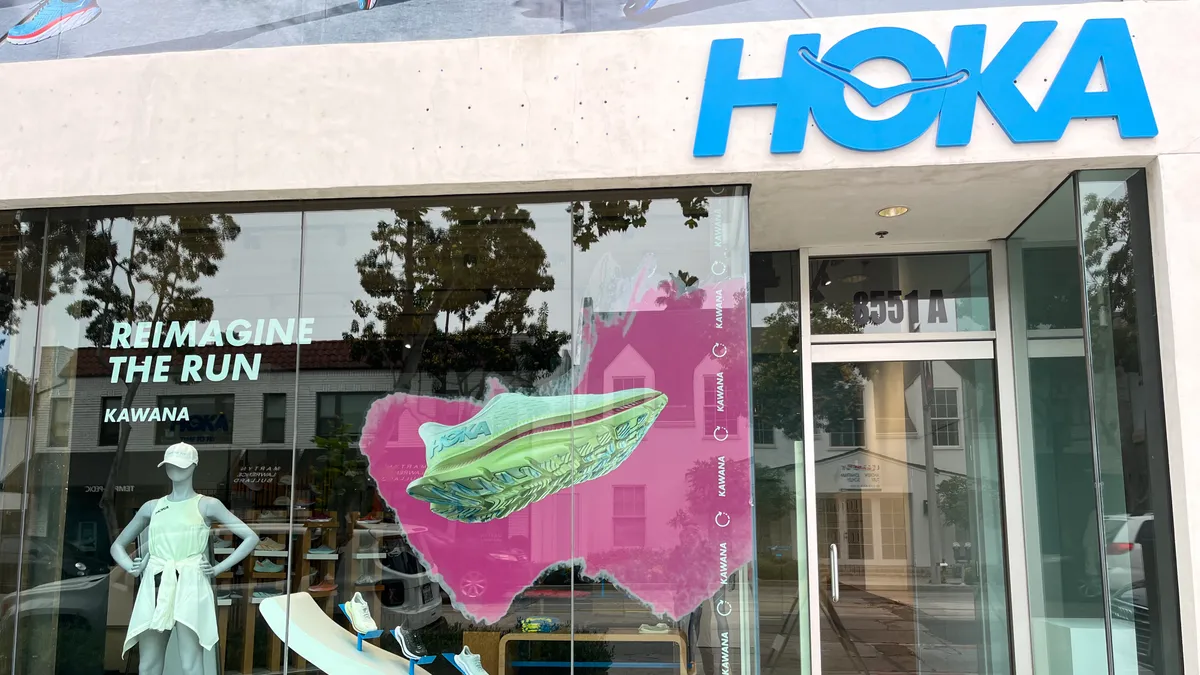Kaarin Vembar is obsessed with the luxury and apparel markets. She also has a sassy mouth so her managing editor decided to give her a column in an attempt to harness insight for readers. Kaarin can be reached at [email protected].
In 2018, Chanel did something incredible. For the first time in its 108-year history the private company reported earnings.
It was the luxury equivalent of saying, “how do you like them apples,” or "on fait moins les malins maintenant?" As it turns out, Chanel was doing quite well, and it had the literal and figurative receipts to prove it. The luxury house’s Chief Financial Officer Philippe Blondiaux said in an interview with The New York Times, “We realized it was time to put the facts on the table as to exactly who we are: a $10 billion company with very strong financials, plus all the means and ammunition at our disposal to remain independent.”
(About a month prior to that interview, Karl Lagerfeld brought an entire ship onto the Chanel runway for the Cruise 2019 collection. So, when the company said it was the baddest in the game, everyone just kinda shrugged and said, “sounds about right.”)
A number of things have changed since then, foremost a pandemic that radically shifted consumer behavior and a disrupted supply chain that has most retailers adjusting and overhauling operations.
While the rest of the industry is scrambling to bring things into a new sense of operational order, Chanel is not bothered. Instead, the company is raising prices, opening high-end stores and reporting record-breaking numbers.
In (the) black while everyone else is in red
In 2021, Chanel reached record highs across all product categories, and revenues hit $15.6 billion, up nearly 50% year over year. The company’s operating profit was up nearly 171% over 2020, and 57.5% from 2019. Fashion, watches and fine jewelry in particular all saw double-digit growth. We know this because they decided to tell us about it.
The company also raised prices multiple times throughout last year in order to take into account changes in production costs, raw materials and exchange-rate fluctuations. While Chanel isn't the only luxury company to consider price increases, it is the fashion house that has interpreted the concept of dressed to kill to mean murdering your bank account. This spring the company once again raised prices on four of its core handbag styles.
For instance, the price of the small Classic Flap bag was raised an average of 21% in 2020, and an additional 30% in 2021, according to a Jefferies note by Equity Analysts Flavio Cereda and Kathryn Parker. “If we assume an average pricing uplift of 30% in 2021 vs 2019, then the sales uplift is purely pricing driven rather than volume driven,” the analysts wrote.

Also, as noted by Jefferies, Blondiaux confirmed that Chanel is going to keep examining its prices, taking into account foreign exchange rates and inflation and — guess what — going to keep augmenting them twice a year.
The fashion house isn’t stopping there. Chanel has consistently been a brand enjoyed by the elite. But, additional business decisions are on the horizon that, once implemented, will set it apart even further. Leaving the rest of us to cry into our reasonably-priced totes we bought at stores that would let us in the door.
The rise of the elite customer (and savvy business plan)
Other than Chanel securing the bag, the company has been making a number of moves regarding its operations. In its latest earnings, Blondiaux hinted at the company’s immediate plans.
“2022 will be another year of significant investment to support the long-term health of the Chanel brand and to deliver our sustainability ambition, whether in our people, continued focus on quality, customer experience, our boutiques, or in our supply chain transformation,” Blondiaux said in a statement.
One of the ways the company is going to deliver on that promise is through the launch of private stores. That’s right, the 1% will no longer have to mingle among the riffraff of the world, but instead can shop in dedicated boutiques the company is opening for top-spending clients, starting in Asia in 2023.
The company is also moving toward more of a direct-to-consumer beauty strategy. Which is probably a great move on their end to control their product and maximize sales, but is going to be rough for the Ultas and Sephoras of the world.
The fashion house is also reportedly considering limiting purchases on a number of its high-end products in order to place limits on distribution. Chanel says limits could protect consumers and pull back on bulk buying.
Which means that, with fewer highly desired products on the market, it’s harder to flip them to resell. That’s not Chanel making that observation, that’s me. Because I personally think they are so done with appearing on websites like ThredUp. Which is no shade to ThredUp, but when I asked the French fashion house last year how they felt about appearing on the platform, they essentially said “we don’t know her.” (In reality, they sent me a statement saying “Chanel is not affiliated with this website.” Which is a very factual statement. But, the subtext is “we don’t know her.”)
When you raise prices and make products scarce, the natural outcome is that fashion people go into a fugue state. Of course, Chanel has the goods to back things up, with exquisite design and elegant craftsmanship. But, the psychology of pulling back makes shoppers lose their minds, which may be the finest marketing strategy the company could employ. (In South Korea, where a limited purchase policy is already in place, shoppers line up outside of stores before dawn in an “open run” to make it in the store the exact moment it opens.)
A number of publications have already noted that the strategies to make the company more exclusive are reminiscent of Hermès — the company that has the audacity and delicious cunning to charge around $10,000 for its Birkin bag.
For a moment I considered that it was perhaps headed in the direction of Goyard. Which, if you don’t know about that company, don’t feel bad — the knowledge of the company is a secret handshake within the fashion world. Essentially, its entire marketing and brand is built on the fact that it refuses to acknowledge itself.
But, Chanel spent nearly $1.8 billion on marketing in 2021, up 32% year over year. Which means the company is not ready to be secretive yet. It just wants you to know you can’t afford it.



